

![]() by Jenrak » Mon Apr 11, 2011 1:47 pm
by Jenrak » Mon Apr 11, 2011 1:47 pm

![]() by Jenrak » Mon Apr 11, 2011 1:47 pm
by Jenrak » Mon Apr 11, 2011 1:47 pm
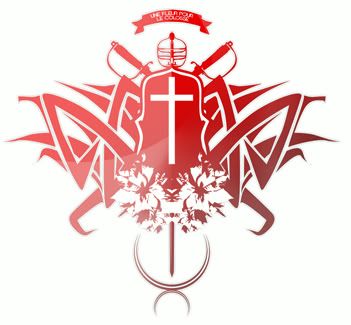


![]() by Jenrak » Mon Apr 11, 2011 1:47 pm
by Jenrak » Mon Apr 11, 2011 1:47 pm


![]() by Jenrak » Mon Apr 11, 2011 1:47 pm
by Jenrak » Mon Apr 11, 2011 1:47 pm


![]() by Jenrak » Mon Apr 11, 2011 1:47 pm
by Jenrak » Mon Apr 11, 2011 1:47 pm
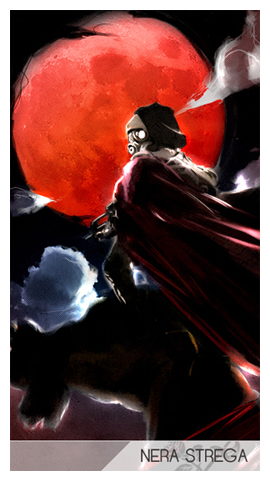

![]() by Jenrak » Mon Apr 11, 2011 1:47 pm
by Jenrak » Mon Apr 11, 2011 1:47 pm
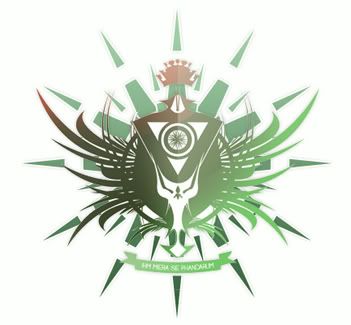


![]() by Jenrak » Mon Apr 11, 2011 1:47 pm
by Jenrak » Mon Apr 11, 2011 1:47 pm
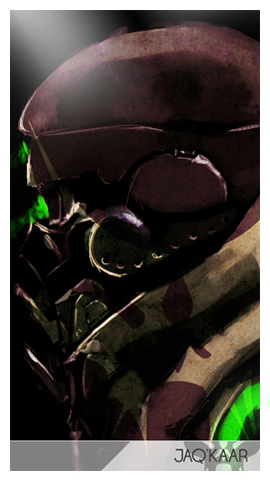

![]() by Jenrak » Mon Apr 11, 2011 1:47 pm
by Jenrak » Mon Apr 11, 2011 1:47 pm
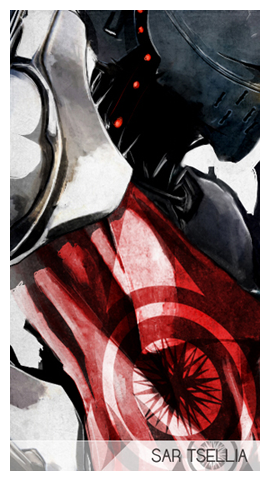

![]() by Jenrak » Mon Apr 11, 2011 1:48 pm
by Jenrak » Mon Apr 11, 2011 1:48 pm


![]() by Jenrak » Mon Apr 11, 2011 1:48 pm
by Jenrak » Mon Apr 11, 2011 1:48 pm

![]() by Jenrak » Mon Apr 11, 2011 1:48 pm
by Jenrak » Mon Apr 11, 2011 1:48 pm
Advertisement
Return to Factbooks and National Information
Users browsing this forum: Azurnailia, Cevennes, Free Norfolk City, Lancov
Advertisement